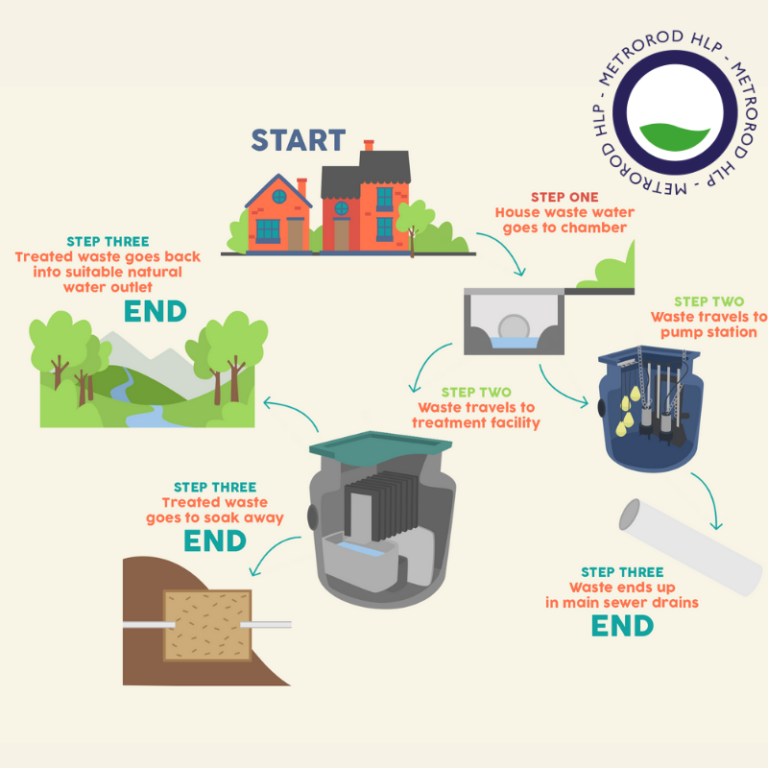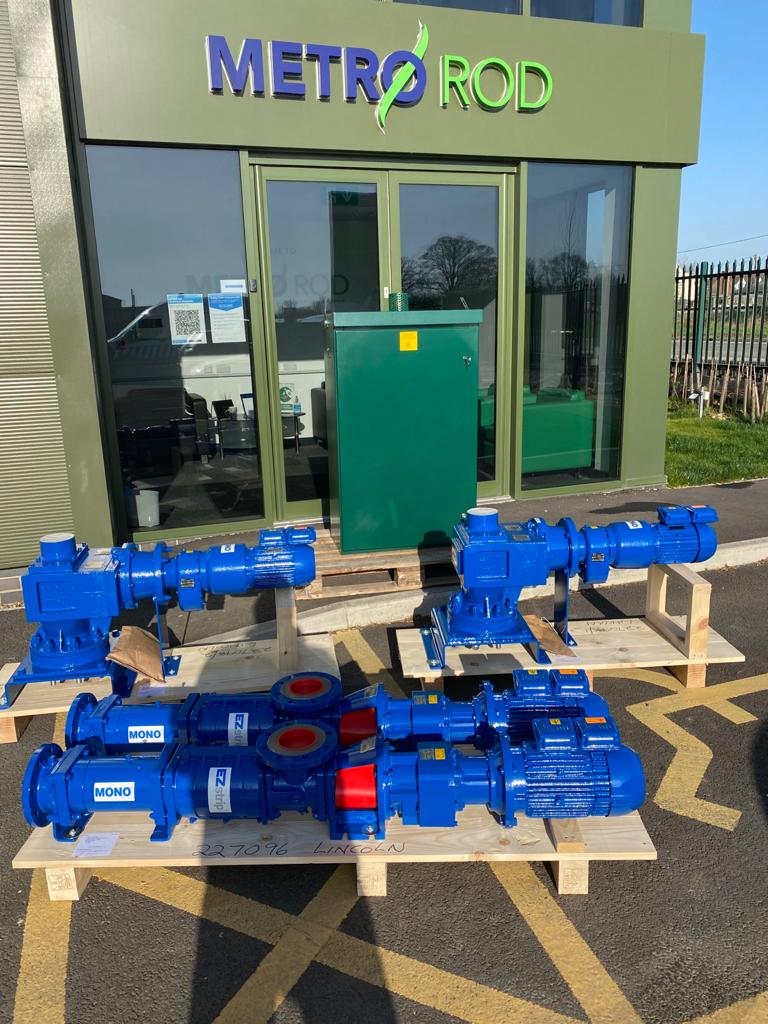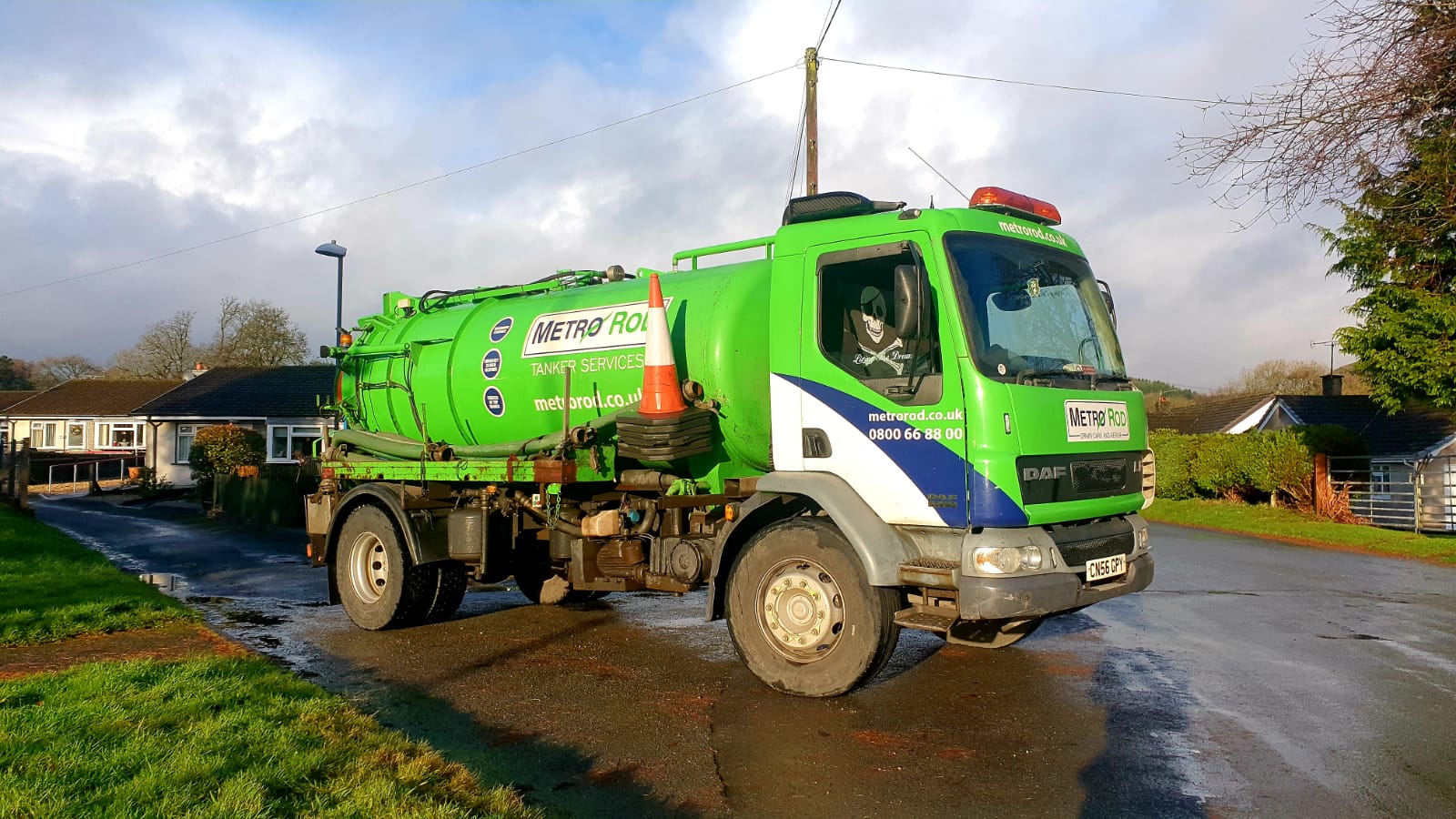It goes down the toilet, it goes down the sink along with gallons of water and we forget all about it. But where does it end up? Lets take a trip round the dark and forgotten twists and turns of the UK drainage system.
Like most good stories this one starts at home, for this instance it in fact begins in a marbled bathroom with a curious child playing deep sea divers in the bath with his new submarine, when inspiration strikes! His submarine has been called out to a new, never before done adventure into the unknown, but first it must pass through the whirlpool of defiance. Known by all and feared by many the whirlpool of defiance sits calmly, building a false sense of security round its guest till, with the flick of a switch it begins! Water pours on top of the little submarine, throwing him back wards and forward and round and round till it begins its dive, travelling further and further into the deep and unknown waters swooshing through a tunnel of darkness, a sudden drop and the water calms,, carrying the little submarine serenely on the first stage of it's journey.
Sewer system:
All our waste water, whether from sinks, bath, showers or toilets will find its way into a drainage system of sorts. More often than not this will find it's way to the main sewer. The main sewer is a intricate maze of pipes all coming from different directions with meeting points and pump stations along the way. Most of our sewer system in England date back to the Victorian era, and are mainly constructed out of concrete, the water and waste flows through the system, gradually being pushed toward the treatment plant.

Septic Tank - However not all waste water finds it way to the main sewer, for some the first stop is a septic tank. These are usually found in a properties back garden, and are essentially a mini treatment plant, the water will be filtered and solids will stay in the tank, the filtered water will then be sent to ground through a drainage field- (See new septic tank regulation coming into force 1st January 2020.)
Treatment Plants:
Upon finishing the long and laborious journey through the sewer system we finally arrive at the treatment plant. The treatment plants purpose is to treat the water and make it suitable to be re-instated into the water system, as fresh, clean water. At the end of the process the water will be able to be passed back into the rivers and oceans.
Treatment plants, if you've ever been to a reservoir you've probably seen them they are very large and quite hard to miss. But what are they? What do they do? How do they work? Why are they there?
What are they?
A sewage treatment plant is a mechanical structure set out over a large surface area featuring many different chambers, and processes which are all connected to one another to ensure the system continues to flow.
What do they do?
The purpose of a treatment plant is to treat affected water; So to remove all debris and harmful antibodies and bacteria.
How do they work?
Treatment plants work by siphoning the water and putting it through various stages of 'treatment' these various stages remove, solids, debris and unwanted bacteria to ensure the water is clean enough to re-enter the environment.
Why are they there?
Sewage treatment plants are basically water recycling. It allows for foul water to become useful. So how do they do it? there are several stages involved in water treatment to make sure that it is up to standard.
- Screening- During the first stage of treatment all of the debris that has come from the household drains get filtered out. So that is all the plastic, nappies, clothes ect. that find their way into the drainage system , they are removed.
- Primary Settlement- The next job is to remove the 'big' dirt from the water. This is done by pumping the water into a large, deep tank. These are called Sedimentation tanks. During this process the heavy particle of waste sink to the bottom of the tank forming a 'sludge' the sludge is removed for further treatment and passed to farmers to be used as fertiliser. The remaining water gets sent to the next stage.
- Biological Treatment - Stage three utilises billions of bacteria to break the waste down, creating a harmless substance. This can be done in one or two ways. The first by holding the water in large tanks which has air pumped into them continuously which helps the bacteria to grow and thrive. The second way is to pass the water of beds of special stones which are home to waste-eating bacteria.
- Final Settlement - The remaining water goes through one final stage of treatment, where the last remaining waste particles are removed. This is done by passing the water through another tank, usually a circular chamber, in which the last remaining particles fall to the bottom leaving only clean water to be let out into the rivers and oceans.
- BONUS LEVEL- For water that is to be released into the a specialised area/ sensitive environment there is an extra level of clean where UV lighting removes certain nutrients and bacteria. This helps stop the growth of Algae in the water system.
Once this process has been completed and the water has returned the process begins again. As for the little submarine, it is living out the biggest adventure deep sea diving in the actual sea.

Talk to your local Metro Rod specialist
We are always happy to arrange a free site assessment and no obligation quotations for any work you might need. Alternatively, you can call our emergency hotline number on 0800 66 88 00
Get in touch Drainage Services

